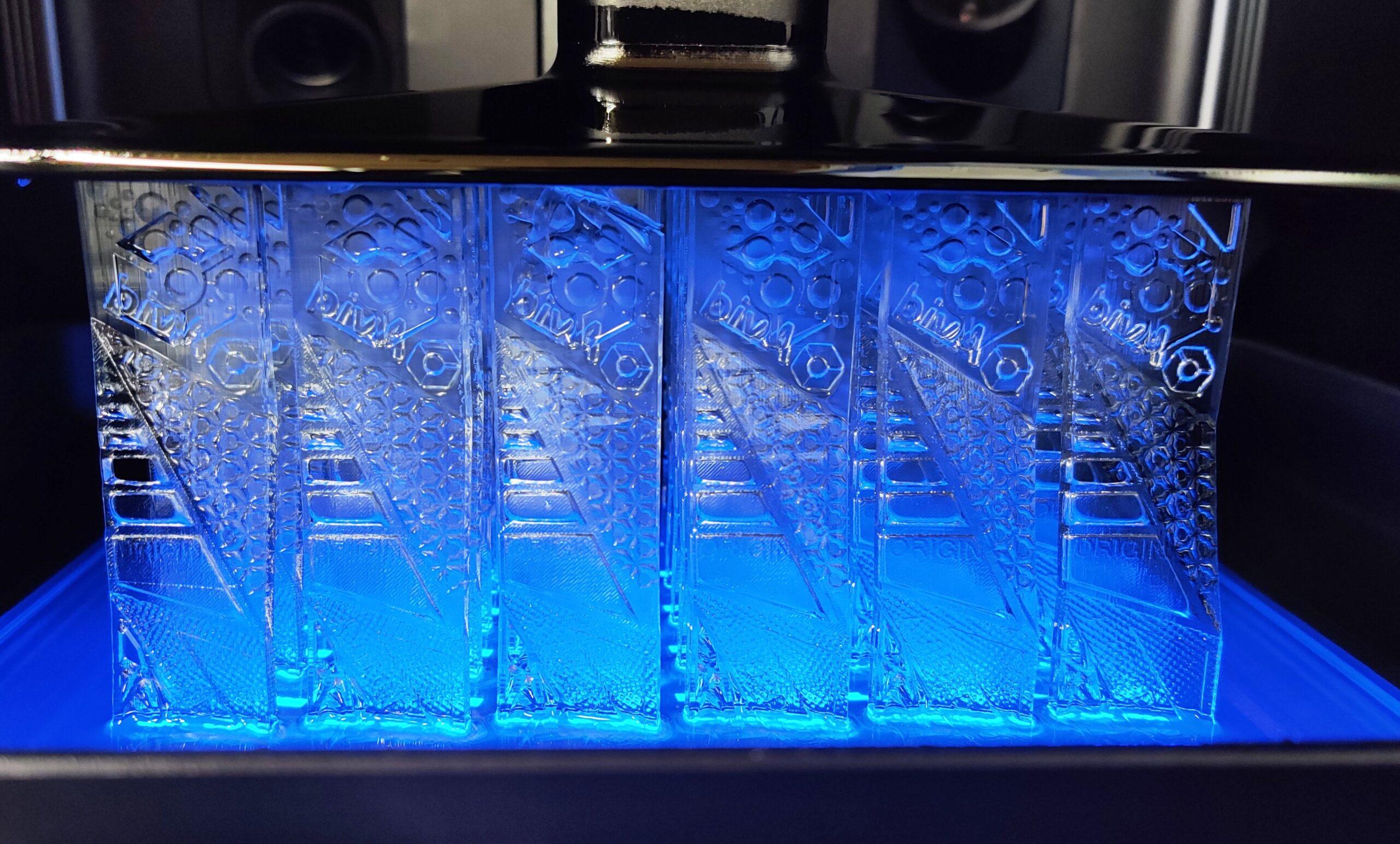The field of 3D printing continues to evolve, introducing advanced technologies that redefine the possibilities of additive manufacturing. Programmable Photopolymerization, also known as Origin P3, is one such cutting-edge technology that offers highly accurate and consistent 3D printing. In this article, we will delve into the fascinating world of Programmable Photopolymerization, exploring its advantages, applications, and the working principle that makes it stand out in the realm of 3D printing.
Unmatched accuracy and precision
Programmable Photopolymerization, or Origin P3, boasts an extraordinary level of accuracy and precision in 3D printing. The technology leverages photopolymerization, a process that uses light, temperature, and controlled conditions to create detailed, isotropic parts and prototypes. This responsive print process continuously monitors polymerization data and optimizes print conditions to ensure highly accurate and repeatable results.
With Origin P3, designers and engineers can create parts with ultra-fine layers, resulting in clean, smooth, and detailed surfaces. This level of precision makes it ideal for producing realistic prototypes that closely resemble the final product, as well as on-demand manufacturing of functional end-use parts.
A diverse range of high-performance materials
The versatility of Programmable Photopolymerization lies in its ability to work with a wide range of high-performance photopolymer materials. This includes materials that offer exceptional strength, flexibility, and transparency. As a result, Origin P3 is suitable for various applications, including custom light pipes and transparent covers, orthotic insoles, gaskets, and other elastomeric components.
Moreover, the technology is well-suited for producing robotic end-of-arm tooling (EAOT) and production tooling. The diverse material options enable the creation of parts with tailored properties to meet specific application requirements.
End-use manufacturing with consistency
One of the key advantages of programmable Photopolymerization is its capability for end-use manufacturing. The technology delivers consistent results, ensuring that each printed part exhibits the desired properties and performance characteristics. This reliability is essential for applications that require a high level of precision and consistency, such as medical devices, aerospace components, and automotive parts.
By eliminating the need for expensive tooling and reducing the risk of human error, Origin P3 streamlines the production process, making it more efficient and cost-effective for end-use manufacturing.
Working principle of origin P3
Origin Programmable Photopolymerization works by utilizing photoreactive chemistry to cure liquid polymer resin into hardened plastic parts. Similar to digital light processing (DLP) and stereolithography (SLA), the technology relies on a digital light projector to cure the resin.
The key differentiator of Origin P3 from traditional DLP and SLA is its ability to selectively control light, temperature, and other conditions during the printing process. This level of control allows for more extensive material selection with varying chemistries, expanding the possibilities for creating parts with specific material properties and characteristics.
Origin programmable photopolymerization (P3)
Programmable Photopolymerization, or Origin P3, is revolutionizing the world of 3D printing with its unmatched accuracy, precision, and consistency. By leveraging responsive print processes and diverse high-performance materials, Origin P3 enables the creation of realistic prototypes, on-demand end-use parts, and customized components for various industries.
As the technology continues to advance, Origin P3 will play an increasingly crucial role in end-use manufacturing, enabling businesses to accelerate product development and deliver high-quality parts with precision and efficiency. With its ability to harness photopolymerization technology and control print conditions, HP Programmable Photopolymerization stands at the forefront of additive manufacturing, unlocking new possibilities for designers, engineers, and manufacturers alike.

